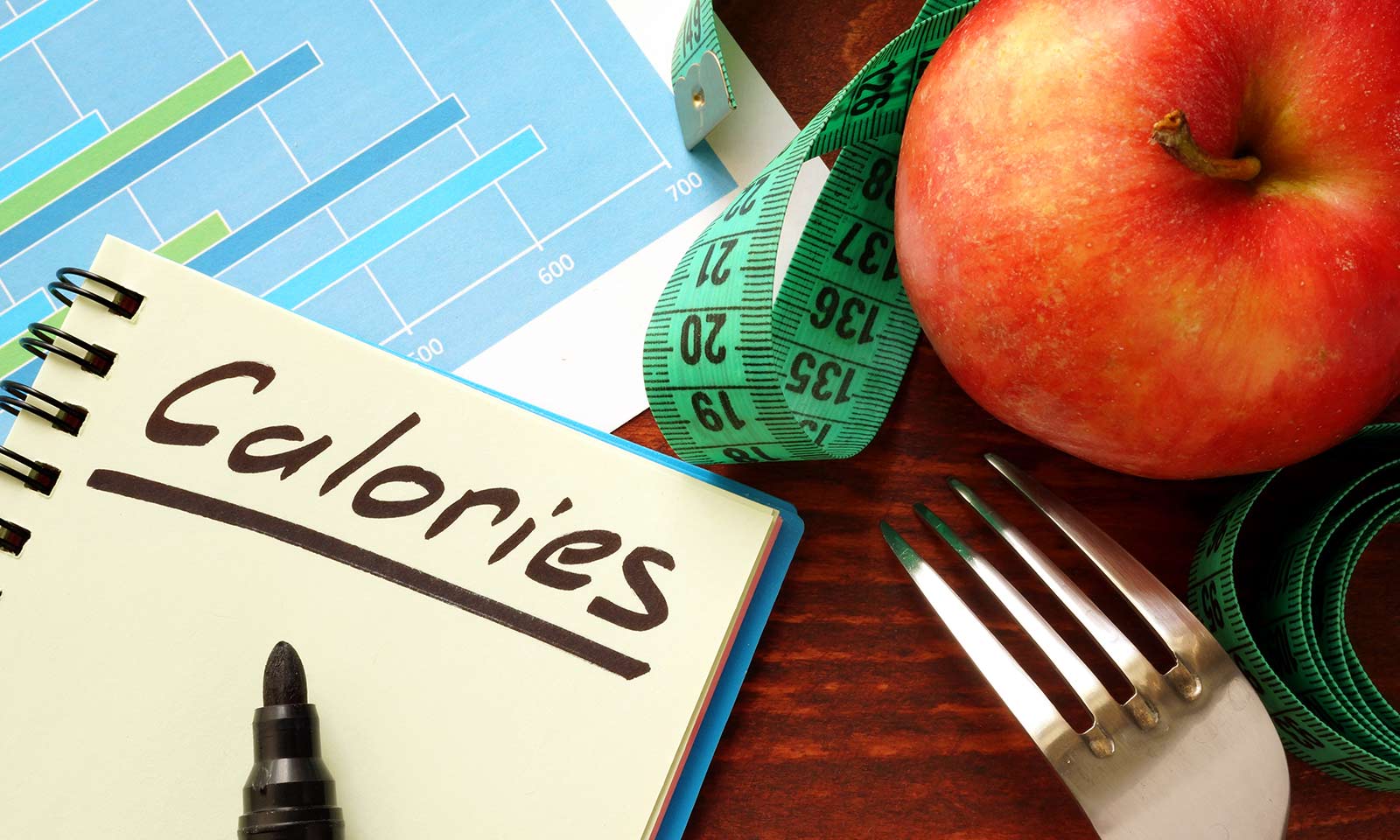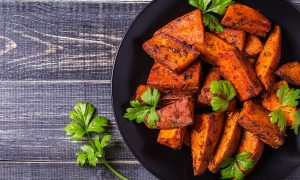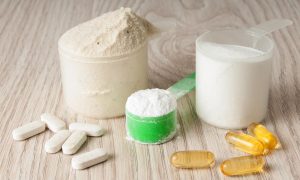Simple Methods of Making Calorie Counting Easy

|
|
Different people strive for different things in life, and it is this that makes us truly unique. In terms of health and fitness, this is very important because we all have different objectives. Some people strive to become the next great fitness competitor, with a physique that any Greek god would be envious of. Others however, train and eat right to simply feel better and look a little better. Whatever your goals and targets may be, you obviously won’t need anybody else to tell you how important it is to follow a healthy and balanced diet. In terms of fat loss, though things are of course a little more complex than just eating fewer calories, the basic premise is that fat loss is simply a case of fewer calories going on, and more coming out. To lose weight, it’s important that we fall into a caloric deficit, in which we basically must ensure that we consume fewer calories each day than what are required in order for our bodies to maintain themselves in their current state. So, say for example, that we followed basic guidelines and assumed that an average-sized man required 2500 calories each day for maintenance, if said man consumed 2000 calories per day, they would create a deficit of 500 calories per day, which would result in healthy and sustained fat loss. Losing weight and tracking calories however, is a bit of a pain in the butt, so here’s a look at a few simple methods of making calorie counting easy and enjoyable.
Begin small

If you’ve decided that you wish to start tracking and counting your calories each day to help you with your health and fitness goals, it’s important that you ensure that you start small, and gradually work your way up. For example, if you were to decide to suddenly drop from taking in an average of 2700 calories per day, to around 1400, that drop in calories would come as quite a shock to your system, and your body may even panic. When this happens, you could suppress your metabolism and force yourself into a state of muscle catabolism where your body eats away at muscle tissue due to a lack of energy. This is the last thing you want because almost certainly, your goal will be to preserve muscle whilst losing fat. Not only that, but, suddenly dropping down to such a low intake of calories would leave you feeling hungry, lethargic, and just generally miserable. When it comes to calorie counting, you must remember that it is a marathon and not a sprint, so gradually reduce your calories a little bit, perhaps on a weekly basis. So, to begin with, you may wish to start with 2300 calories per day, down from 2700, and perhaps drop down by 50 calories every week or so, until you hit, say, 1700. Like anything, start slowly and gradually work your way down.
Get into the habit of reading labels
When you’re hitting the grocery stores up for your food and drink, before you throw any items into your basket, get into the habit of reading the nutritional labels on the food and drink items in question. If you do this, not only will it soon become second nature to do so, but you will also begin to learn and memorize certain nutritional values of various food items. If say, you have a favourite brand of hot sauce, each time you read the nutritional value, try to memorize the calories per serving. Eventually, you will remember right away, so when you do enjoy a serving with your meal, you will know exactly how many extra calories you’ve just added to your plate, without having to do anything. If you apply this principle to everything, as time goes by, you will memorize certain values of regular products, so you won’t need to read labels at all. Reading the labels is also important because it ensure that you aren’t getting any nasty surprises you weren’t aware of beforehand.
Use an app

When tracking calories, and eventually, tracking macros as well, it’s important that you track and log absolutely everything to ensure that nothing is left to chance. This is where apps such as MyFitnessPal prove to be so useful. The app allows you to scan barcodes of food items to bring up their nutritional values, or choose from a vast selection of items already on log, and enter the amount that you have consumed. Here you will be given a breakdown of how many calories each serving contained, along with macronutrient values as well. When counting calories, make sure you log absolutely every food and drink item you have consumed. At the end of the day, you can read through the app for the day and can see exactly what you consumed, when, how much, and how many calories and macros you’ve taken in. You can also set yourself goals and targets so the app will tell you how many remaining calories you have left before you reach your max target for the day.
Write things down
If technology isn’t for you, or if you prefer pen and paper, go ahead and write down every single food and drink item you have consumed for the day. Grab yourself a handy notepad, along with a pen, and make sure you have it with you as much as possible. When writing things down, write them down as you go, don’t try to remember for later because you could very easily forget, which could then result in you failing to log a certain number of calories. When counting calories, write as you go, write down what you ate, how much you ate, and when you ate it. Even if you don’t have the nutritional values to hand, still make sure you write down what you ate and drank, because you can always work the calories out later when you get chance.








